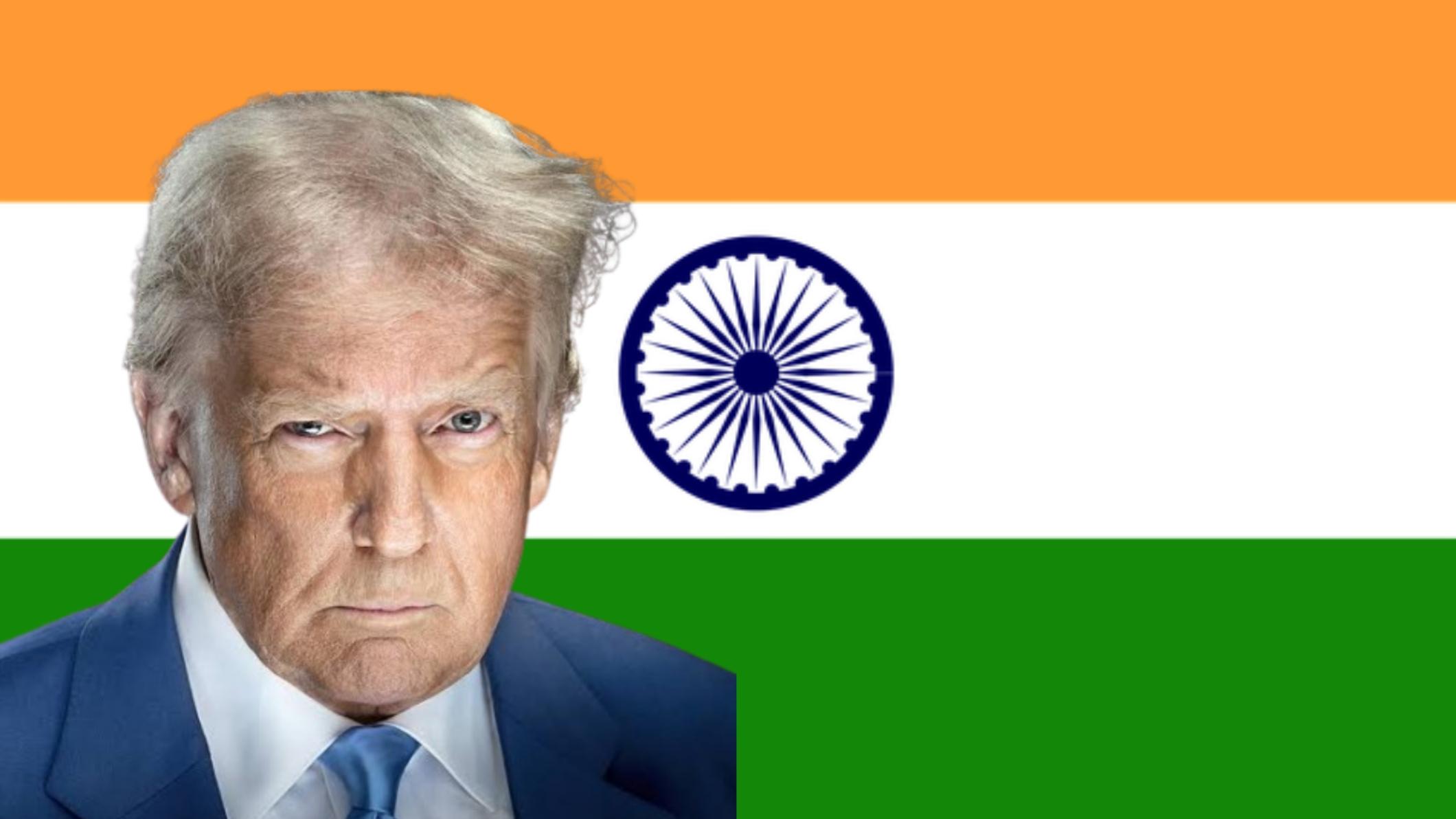
In a dramatic turn of events, U.S. President Donald Trump has once again issued a direct warning to India regarding its trade practices. Speaking firmly, Trump stated that unless American companies are given unrestricted access to Indian markets, India should brace for heavy tariffs. According to Trump, “Right now it’s restricted. You can’t walk in there. You can’t even think about it.” This indicates that the U.S. views India as a difficult and heavily protected market for foreign companies—a situation that, according to Trump, needs to change.
The U.S. President is pushing for a scenario where all trade barriers are removed—a proposal he acknowledges as “unthinkable,” yet insists must be considered. Trump emphasized that America wants a full opening of India’s trade policy, without tariffs or protective barriers. He hinted at the possibility of a major trade deal, but added, “I don’t know if that’s going to happen,” clearly indicating uncertainty despite the pressure tactics.
This aggressive tone from Trump comes just ahead of the crucial July 9 deadline, a date now being seen as potentially transformative for global trade. Trump has threatened to impose tariffs ranging from 25% to 45% on nations with which the U.S. runs a trade deficit—including India.
America’s Wider Trade Offensive
Trump’s remarks about India are part of a broader and more aggressive global trade strategy. Within a span of 24 hours, he:
- Suspended trade talks with Canada after it imposed a 3% digital tax on U.S. tech companies. Trump called it a “direct and clear attack” on America and said tariffs of up to 45% could be imposed on Canada within a week.
- Confirmed a new trade agreement with China under the Geneva Framework, which reportedly includes U.S. access to rare earth materials and other strategic resources.
- Mentioned a potential “big, beautiful” trade deal with India, indicating that negotiations are in the final stages.
Despite these statements, Trump reiterated that the July 9 deadline is not set in stone and that key trade decisions could be made even before that. He made it clear that the U.S. can no longer negotiate with over 200 countries at once, stating that “we will send them letters” to lay out America’s trade demands.
India’s Position and Response
From India’s side, Commerce Minister Piyush Goyal confirmed that trade deal negotiations with the U.S. began after the February 2025 meeting between Prime Minister Narendra Modi and President Trump. Goyal emphasized that India is working toward a fair, balanced agreement that benefits both nations. He stated that the government is committed to removing trade hurdles, but also protecting national interests.
However, Trump’s insistence on "reciprocal tariffs" and his abrupt policy shifts have raised concerns in New Delhi. While India is hopeful about a trade deal, the looming threat of tariffs could complicate the process. The current U.S. strategy seems more focused on applying pressure rather than fostering compromise.
What’s at Stake?
Trump’s push is primarily aimed at correcting the U.S. trade deficit. His strategy hinges on applying tariffs to force trade concessions. This tactic has already reshaped U.S. trade relations with several countries and now threatens to impact India as well.
- The potential India-U.S. trade deal could address long-standing issues like:
- High tariffs on American goods entering India
- Market access for U.S. tech and agriculture companies
- Intellectual property protection
- Regulatory barriers
But there is equal concern that failing to meet U.S. expectations may lead to retaliatory tariffs, affecting sectors like pharmaceuticals, textiles, and services that are vital to India’s exports.
As the July 9 deadline nears, the world watches closely. Will India and the U.S. manage to strike a balanced trade deal, or will Trump’s “letters of tariffs” hit Indian markets? Trump’s volatile statements have added urgency and unpredictability to the situation. India must now decide whether to open its markets further—or brace for the economic fallout.
Disclaimer:This article is based on publicly available statements, news coverage, and political developments as of June 2025. The opinions expressed are for informational purposes only and do not reflect official policy positions. Readers are advised to verify facts independently before forming conclusions.




